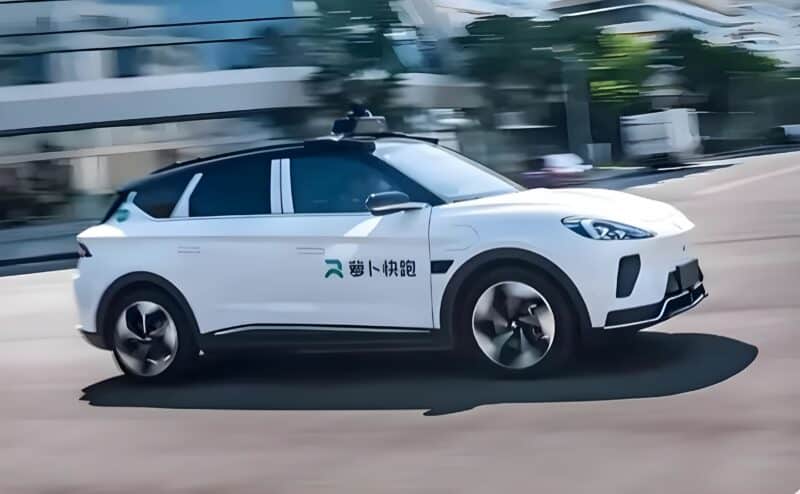Baidu’s robotaxi fleet has operated 7 million rides as of end of July 2024, according to company’s earning call
On August 22, Baidu revealed that its self-driving ride-hailing platform – Apollo Go – operated about 899,000 rides in the second quarter of 2024, a year-on-year increase of 26%, according to the company’s earning call. As of July 28, Apollo Go has operated more than 7 million rides.
Compared to Google’s robotaxi service offered by Waymo, the company disclosed on Tuesday that it is now operating more than 100,000 paid rides every week in Los Angeles, San Francisco, and Phoenix combined.
According to Pacific Securities’ forecast, a Chinese investment bank and brokerage firm, the market size of robotaxi in China is expected to exceed 1.18 trillion yuan (165.2 billion USD) and 2.93 trillion yuan (410.2 billion USD) in 2025 and 2030, respectively.

Baidu’s history with driverless vehicles goes back to 2013 when the company established an intelligent driving business group. That year, Baidu released the “Apollo Project” at the Shanghai Auto Show. Then in 2017, Baidu launched the Apollo Open Platform, an open-source self-driving vehicle tech platform. At the time, Wang Jin, then head of Baidu’s autonomous car business, said to the industry “Three years to realize commercial application, five years to achieve mass production, and ten years to change the way we travel.”

Later in 2019, Baidu shifted its business focus to robotaxi in which Apollo Go started manned test operation services in China. In May this year, Baidu officially announced at Apollo Day that Apollo Go is expected to break even in the city of Wuhan by the end of 2024 and be profitable by 2025. Previously, Wang Yunpeng, vice president of Baidu, shared that the total cost of the 5th-generation Apollo Go robotaxi was 480,000 yuan (67,200 USD) and that the vehicle can be operated reliably for five years.
To further reduce costs, Baidu announced in May this year that the cost of its 6th-generation robotaxi (known as RT6) has been decreased to 204,600 yuan (28,350 USD), and plans to deploy 1,000 units in the fourth quarter to achieve 24/7 operation in Wuhan. The in-vehicle safety operator will also be removed and switched to remote monitoring.
Furthermore, it is worth mentioning that the RT6’s primary lidar is supplied by Hesai, which includes four ultra-high-definition long-range AT128 lidars, offering a detection range of up to 200 meters.



